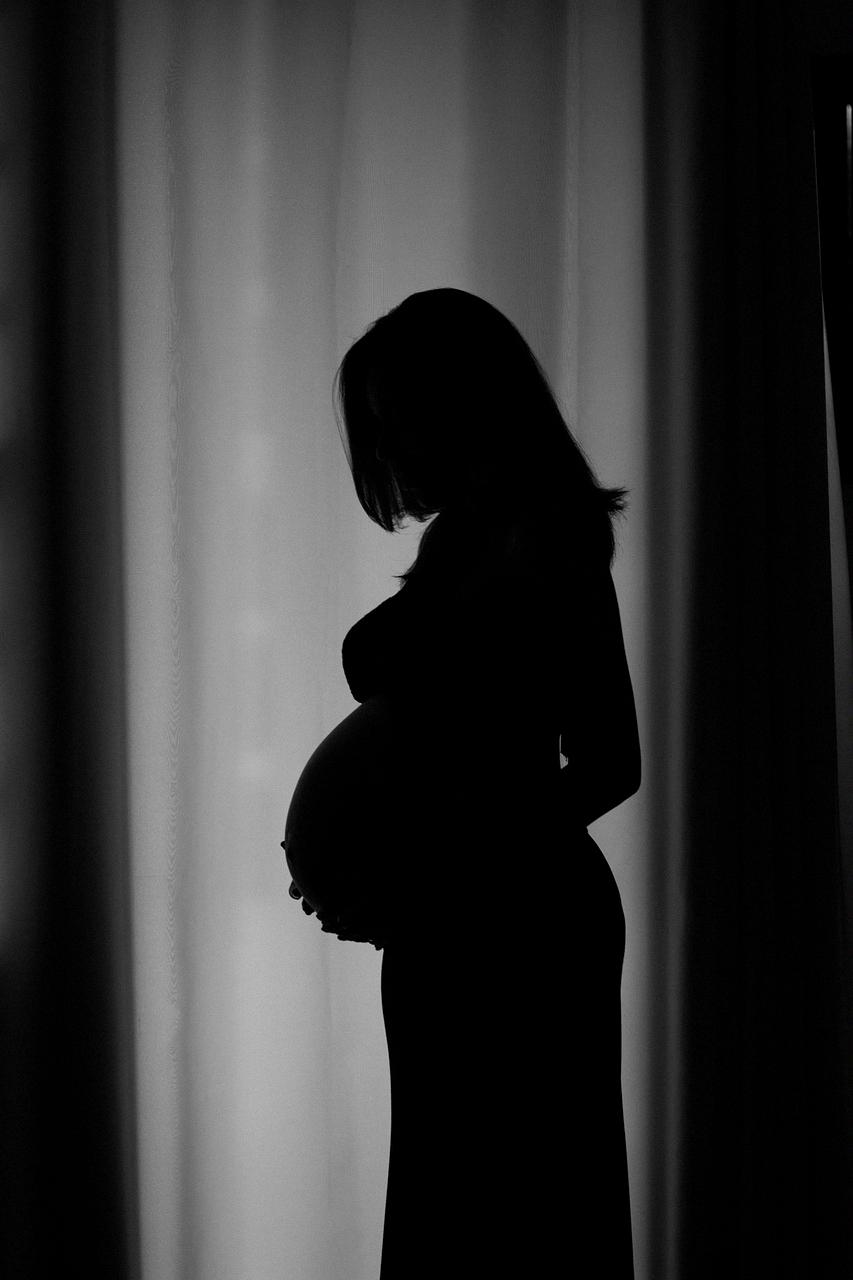During pregnancy, there are various health conditions that can arise, and one of the significant concerns is preeclampsia. This condition is characterized by high blood pressure and signs of damage to other organs, most often the liver and kidneys. Preeclampsia typically occurs after 20 weeks of pregnancy and can affect both the mother and the unborn child.
Exploring the Connection Between Preeclampsia and Swollen Ankles
Swollen ankles are a common symptom experienced by many pregnant women, but can preeclampsia cause swollen ankles? The answer is yes. Preeclampsia can lead to sudden swelling of the feet, ankles, face, and hands. This swelling, also known as edema, is a result of the body retaining excess fluid, which often occurs due to the increased pressure in the blood vessels caused by preeclampsia.
Identifying Other Symptoms of Preeclampsia
In addition to swollen ankles, preeclampsia may present with a range of other symptoms. These can include vision problems such as blurring or seeing flashing lights, pain just below the ribs, and vomiting. It’s essential for pregnant individuals to be aware of these symptoms and seek medical attention if they experience any of them, especially if they occur suddenly.
Understanding the Importance of Early Detection
Early detection of preeclampsia is crucial for the well-being of both the mother and the unborn child. If left untreated, preeclampsia can lead to severe complications, including seizures, stroke, organ damage, and even death. Therefore, pregnant individuals should attend all prenatal appointments and promptly report any concerning symptoms to their healthcare provider.
Discussing the Risk Factors for Preeclampsia
While the exact cause of preeclampsia is unknown, certain risk factors can increase the likelihood of developing this condition. These risk factors include a history of preeclampsia in a previous pregnancy, being pregnant with multiples, being over the age of 40, having preexisting conditions such as high blood pressure or diabetes, and being obese. It’s essential for individuals with these risk factors to be monitored closely during pregnancy.
Emphasizing the Importance of Proper Management
Once preeclampsia is diagnosed, proper management is essential to reduce the risks associated with the condition. This may involve medications to lower blood pressure, bed rest, dietary changes to reduce sodium intake, and regular monitoring of both the mother and the unborn child. In severe cases, early delivery of the baby may be necessary to protect the health of the mother.
Highlighting the Role of Healthcare Providers
Healthcare providers play a crucial role in the detection and management of preeclampsia. Regular prenatal visits allow healthcare providers to monitor blood pressure, urine protein levels, and other indicators of preeclampsia. If preeclampsia is suspected, additional tests may be conducted to confirm the diagnosis and determine the best course of action.
Addressing the Emotional Impact of Preeclampsia
Dealing with a diagnosis of preeclampsia can be emotionally challenging for pregnant individuals and their families. The uncertainty surrounding the condition and the potential risks involved can lead to anxiety and stress. It’s essential for individuals to communicate openly with their healthcare providers and loved ones to receive the support they need during this difficult time.
Encouraging Self-Care and Awareness
Self-care is crucial for individuals experiencing preeclampsia. This includes getting an adequate amount of rest, staying hydrated, monitoring blood pressure at home if recommended by a healthcare provider, and following any treatment plans prescribed. Additionally, being aware of the symptoms of preeclampsia and seeking medical attention promptly can help prevent complications.
Empowering Pregnant Individuals Through Knowledge
Knowledge is power when it comes to managing preeclampsia. By understanding the symptoms of preeclampsia, the risk factors associated with the condition, and the importance of early detection and proper management, pregnant individuals can take an active role in safeguarding their health and the health of their unborn child.
Conclusion
In conclusion, preeclampsia can indeed cause swollen ankles, along with a range of other symptoms that pregnant individuals should be aware of. Early detection, proper management, regular prenatal care, and open communication with healthcare providers are essential in ensuring the best possible outcomes for both the mother and the unborn child when dealing with preeclampsia.

